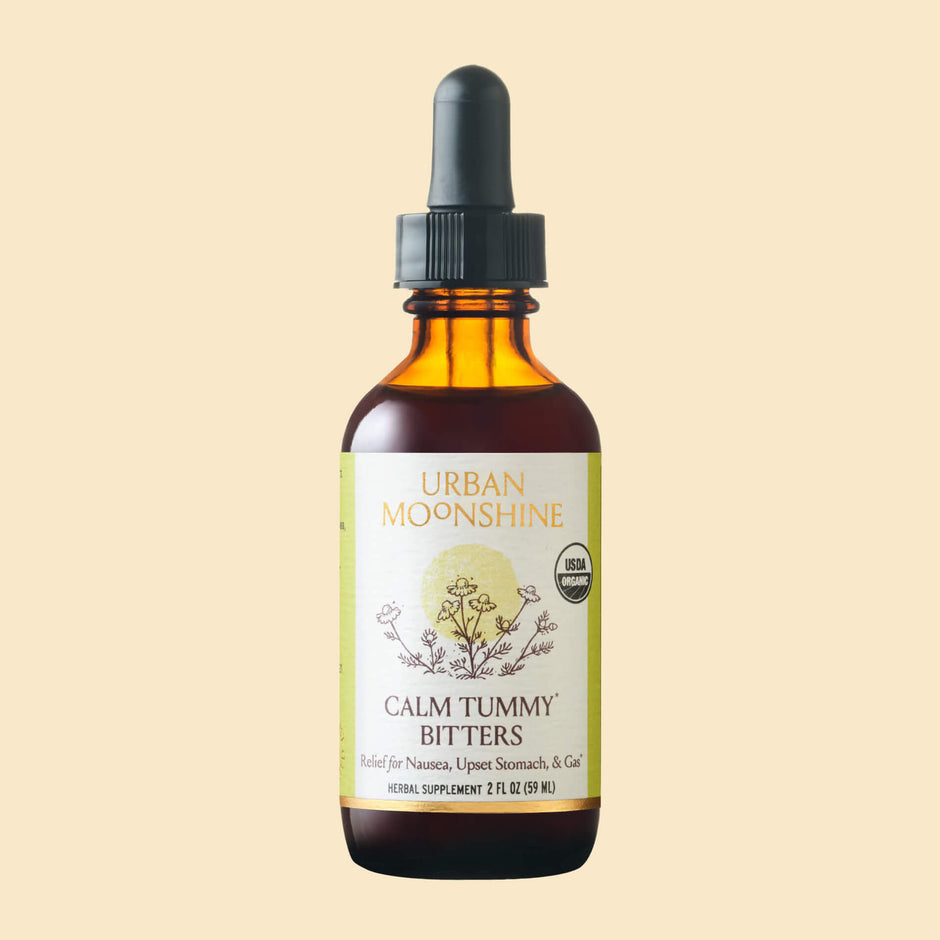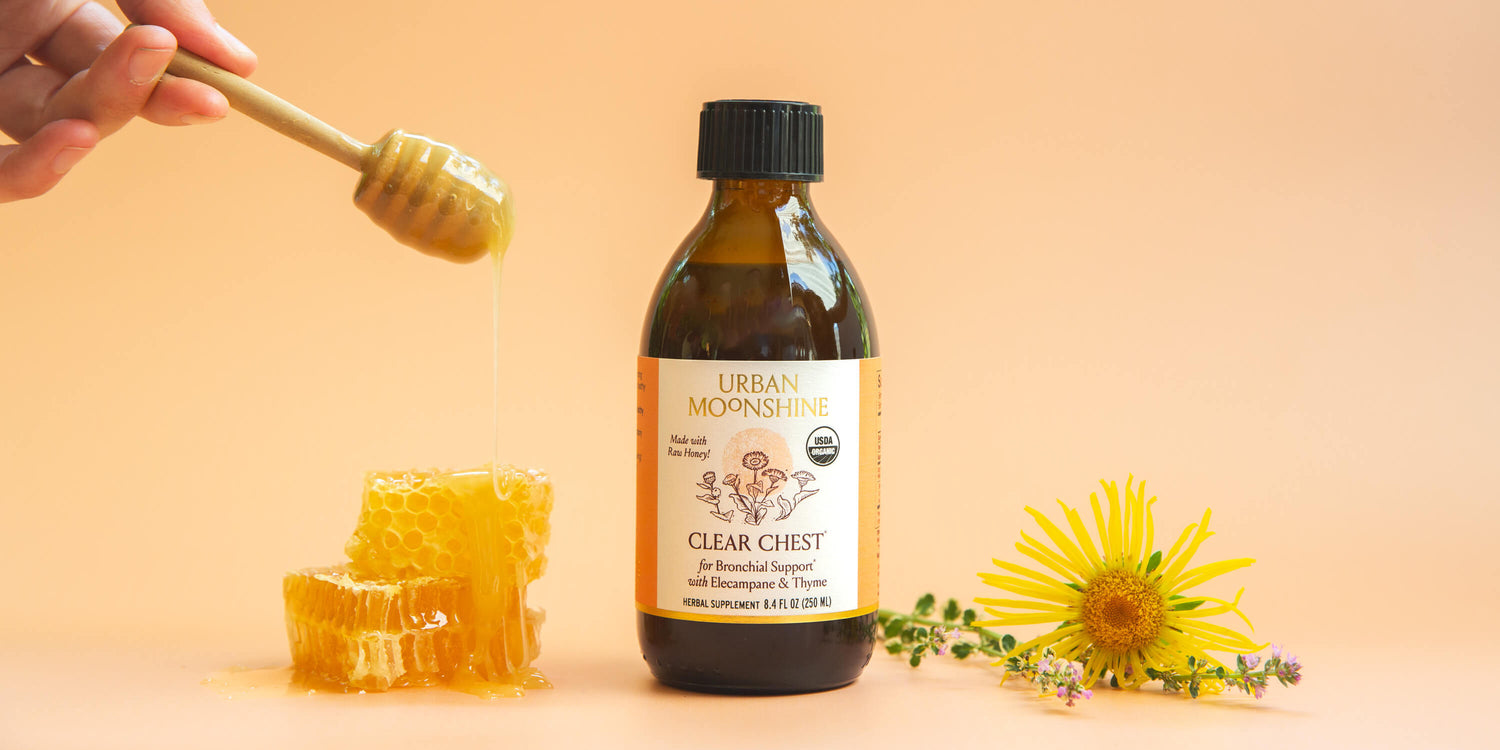
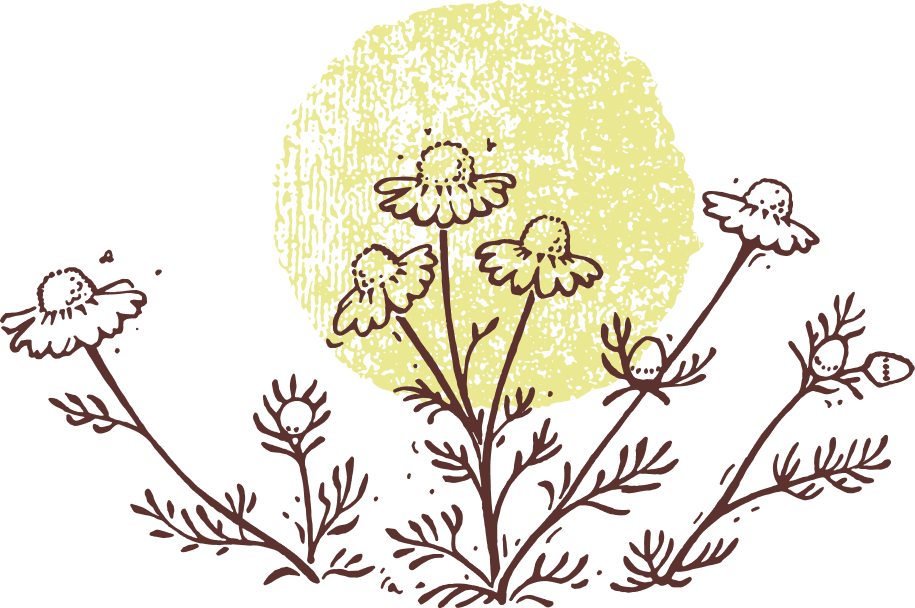
At Urban Moonshine, we believe the flavor of bitterness is fundamental to great digestion.
When you taste the challenging flavor of bitterness, you strengthen your digestive response and enhance the secretion of the body's natural digestive juices.
We are on a mission to bring the bitter flavor back onto our plates and into our medicine cabinets.
Improved Digestion
This is the first, and most famous, of the gifts bitters give. Use them for occasional heartburn and indigestion*, sipping a small amount after a meal. Use them for gas and bloating*, by taking them before you eat to ignite the digestive fire, support the production of hydrochloric acid, pancreatic enzymes and bile, and help ensure normal bowel habits*.

Less Heartburn and Nausea
For occasional symptoms, a balanced bitter blend really shines. Aromatic ingredients like ginger, angelica, fenugreek and fennel help ensure that food moves along smoothly, relieving occasional nausea*. And the bitter roots that anchor all our formulas—dandelion, first and foremost—help keep the valve at the bottom of our throats closed tight, so occasional heartburn becomes a thing of the past*.
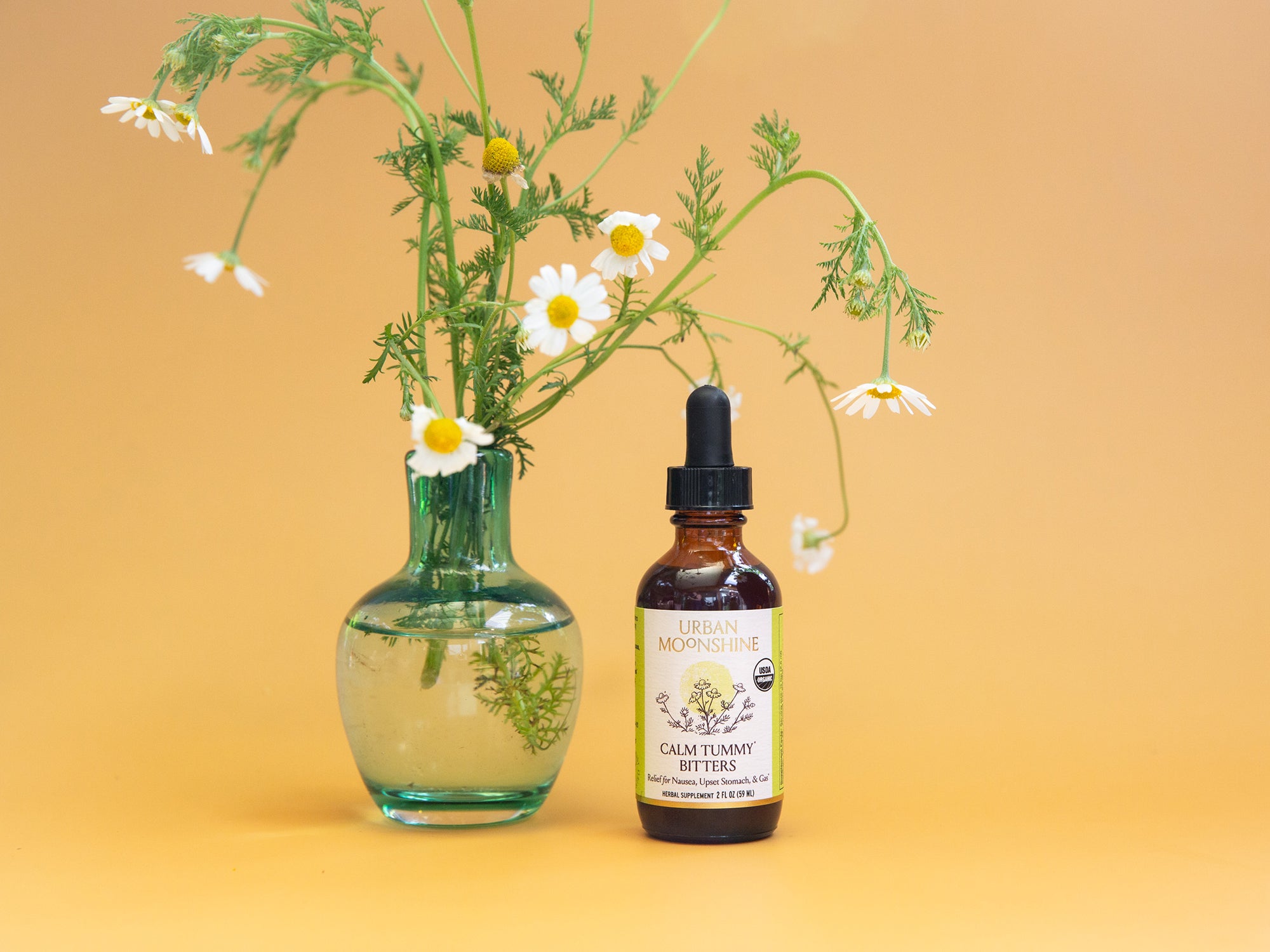
Liver Detox
By tasting bitters on your tongue, your body sends a reflex signal through the vagus nerve directly to the liver, waking it up and ensuring it’s at the top of its game*. Bitters also support the healthy release of hormones like CCK (cholecystokinin)*, which stimulate gallbladder contraction. And, once absorbed, the phytochemicals in bitters support liver cells directly, by ensuring healthy antioxidant production, bile synthesis, and metabolism*.
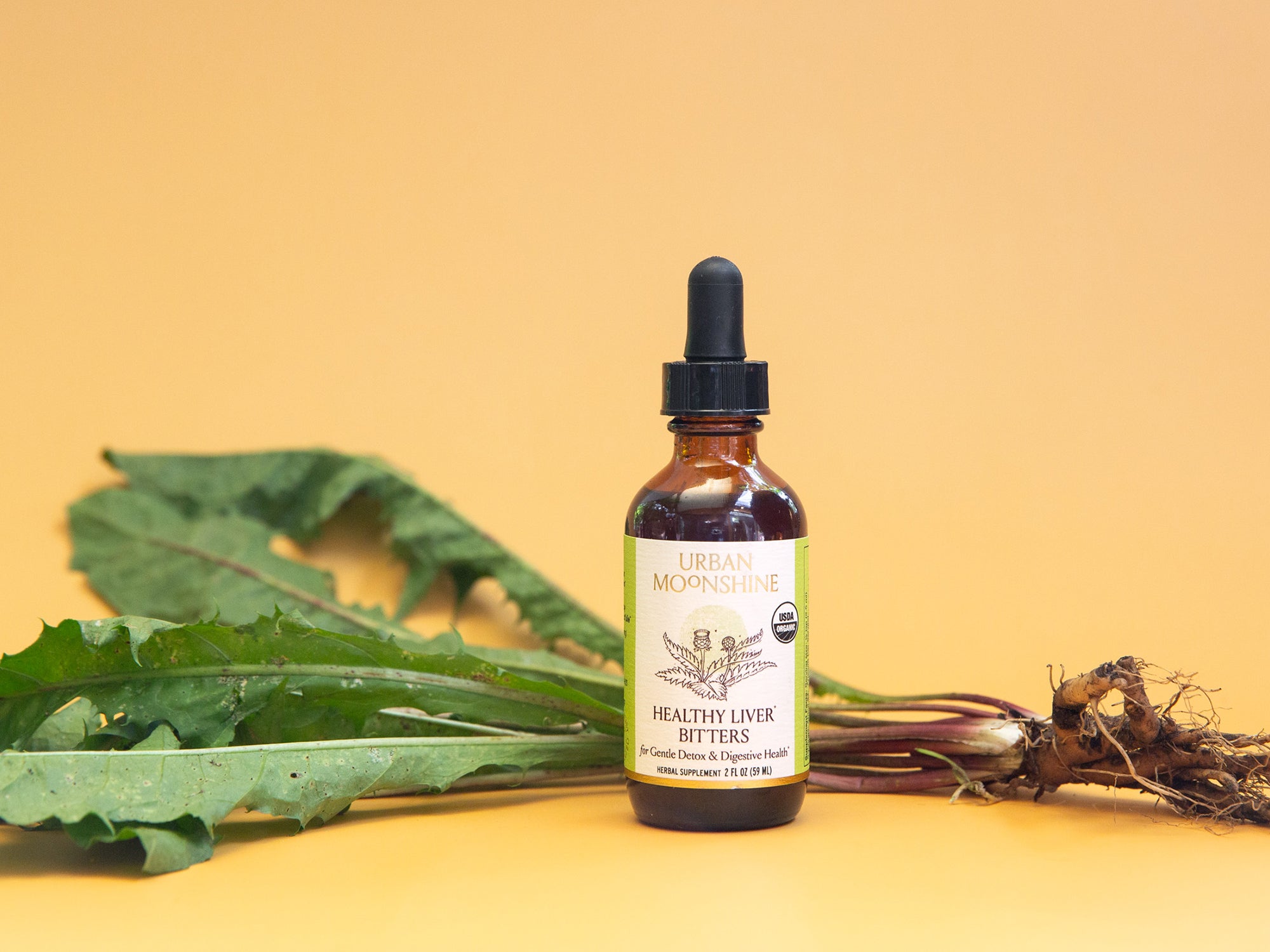
Break the Hold of Sugar and Carbs
Our unhealthy relationship to carbs is as much about the absence of bitterness as it is about the overabundance of carbs. Perhaps the greatest gift bitters have to offer is that they help reframe our relationship to food: they support a healthy, normal appetite and help us feel full and satisfied without overeating*, and if your blood sugar and cholesterol levels are normal, bitters will help keep them that way*.
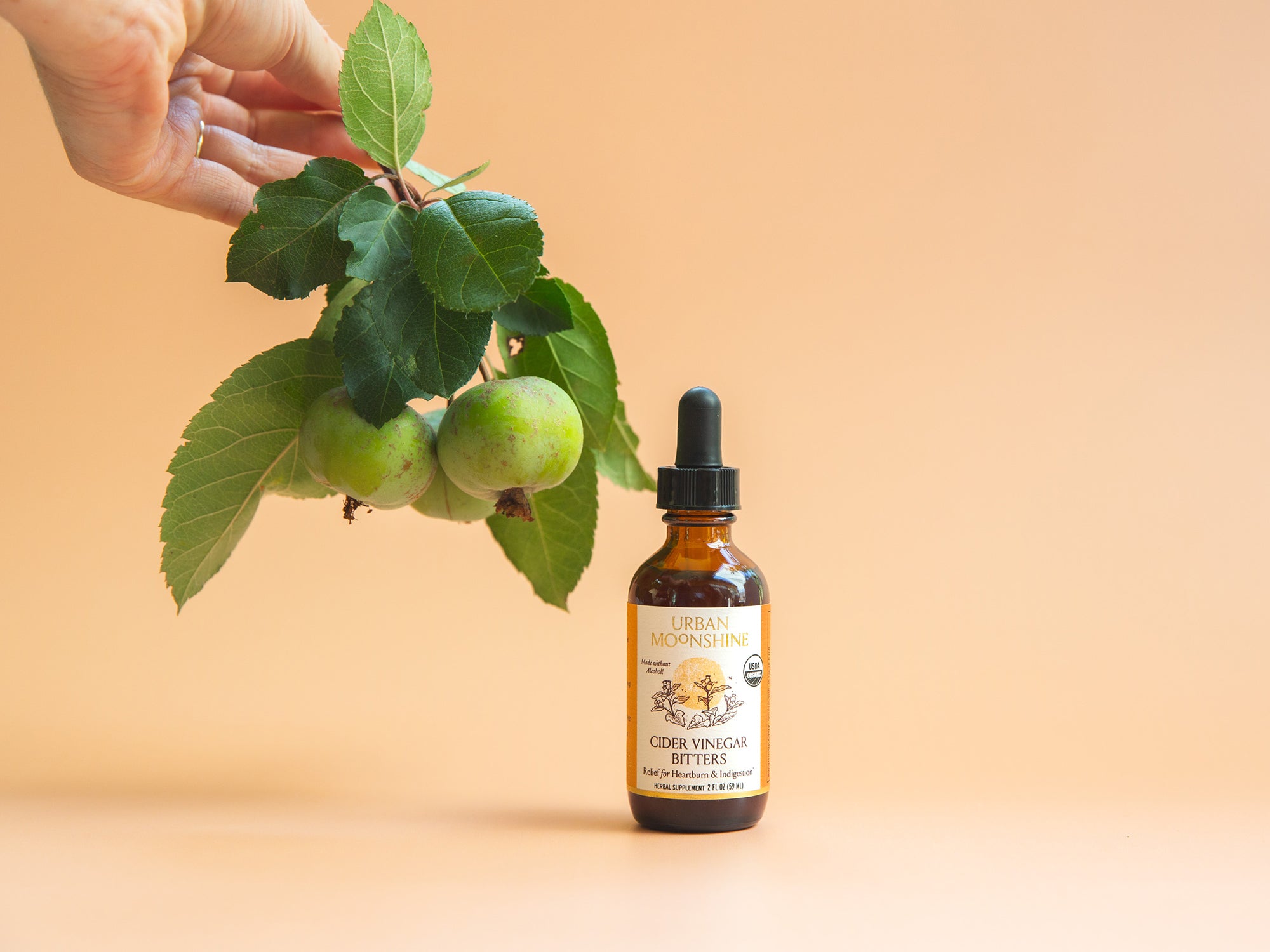
Support Beautiful Skin
A healthy liver ensures that reactive material that can irritate our tissues is cleared from the body—and the skin is no exception. Herbalists have long known that if liver function is compromised, the skin tries to take up the slack. In fact, sebaceous glands in our skin process fats much like “mini-livers”: bitters provide important support here, too, helping keep pores clear and healthy*.
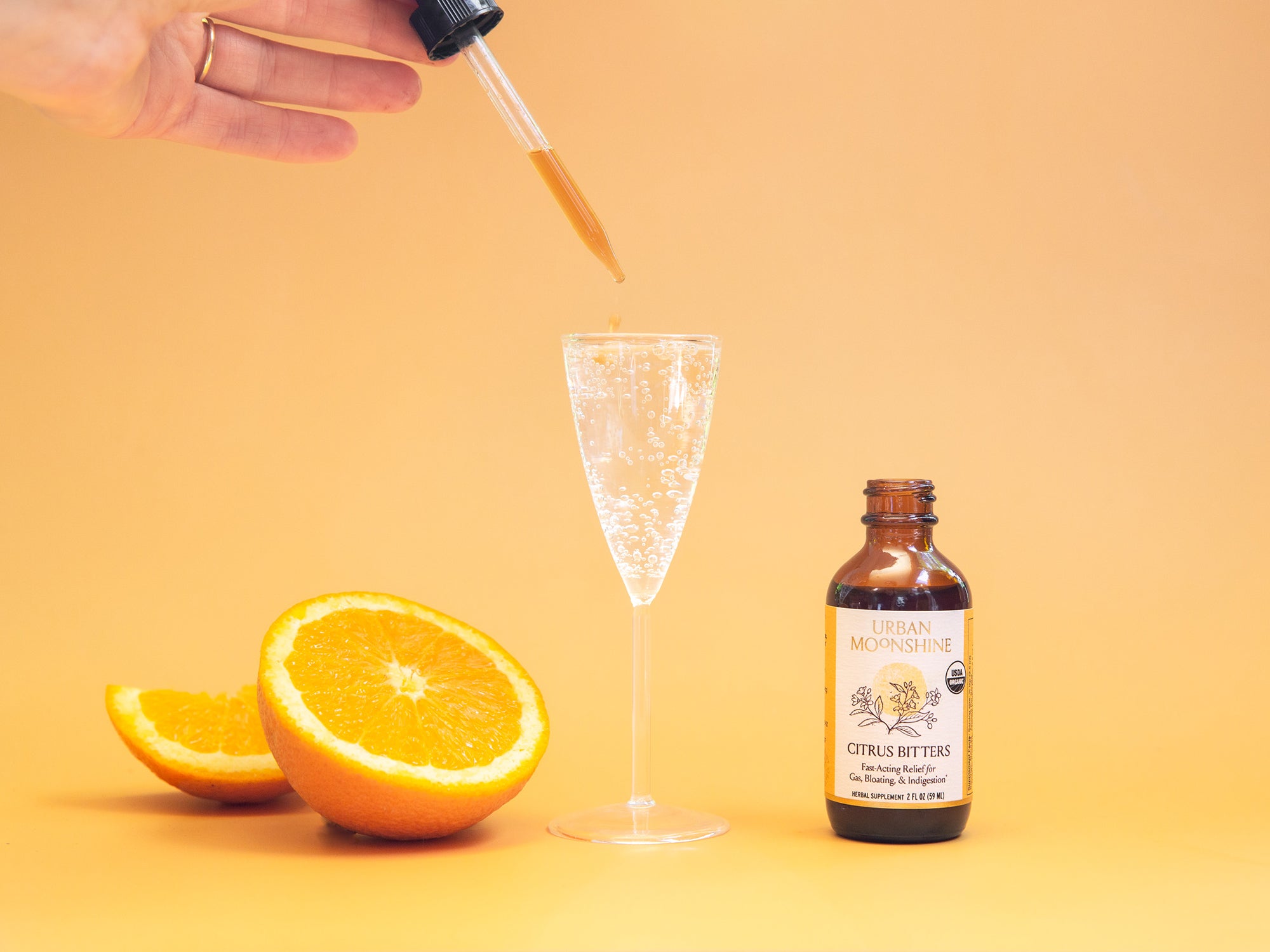
Spark a Conversation
Taking bitters is different than taking a drug: first off, the lively blend of flavors makes you sit up and take notice, while all the while supporting your health. But when you share bitters before dinner, or turn your friend on to the power of the bitterness, you’re also showcasing wild, weedy, unhybridized plants and making a case for a more diverse ecology. It’s hard to keep spraying dandelion with herbicide once you appreciate how much it helps your gut. And person by person, around the dinner table, taking bitters reframes our attitude around plants, weeds, gardening and agriculture as much as around flavor and cuisine.
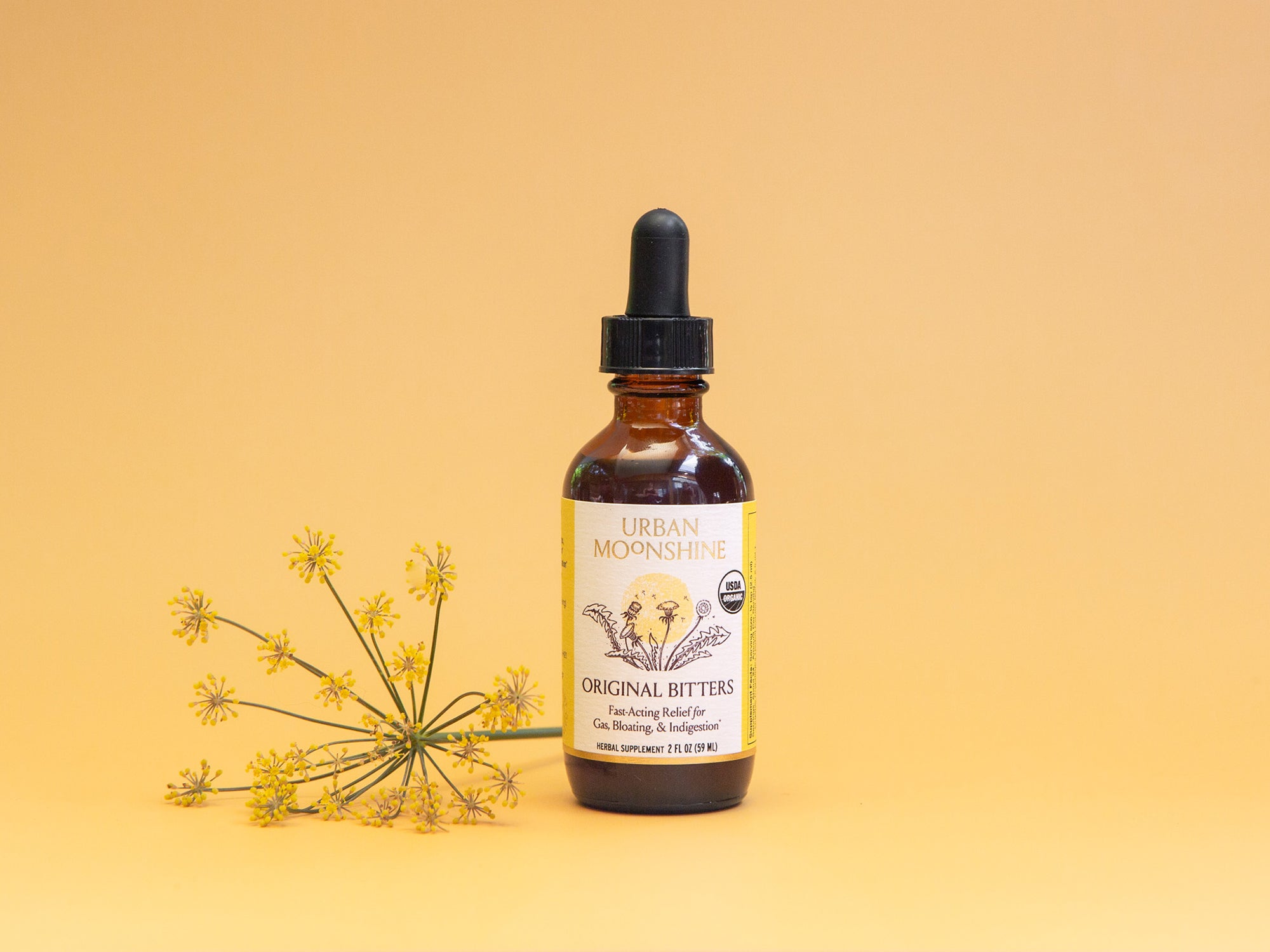
Our Bodies Are Built for Bitters
As human beings we evolved consuming a vast amount of wild plants, most of which were rich in the bitter flavor. With the birth of industrial agriculture, the bitter flavor was stripped away in exchange for mostly pleasant flavors: sweet, salty and processed food. Today we have a dramatic lack of bitterness in our daily diets.
But our bodies are built for bitter flavors! Bitter engages and excites the digestive system. Bitter challenges the body, alerting it through taste that a complex food is being ingested, more complex than heavily processed food. It is very important for the body to have enough challenge—challenge keeps us strong, on our toes, ready for action! Bitters are like the gym for the digestive system, they help to keep it toned.
Our brilliant tongue is like the doorbell to the digestive system and when we taste something bitter it rings that doorbell, “Ding-dong! Time to eat, time to wake up, time to digest!” All the digestive organs get “turned on.” They start to secrete digestive juices in preparation for the incoming food!
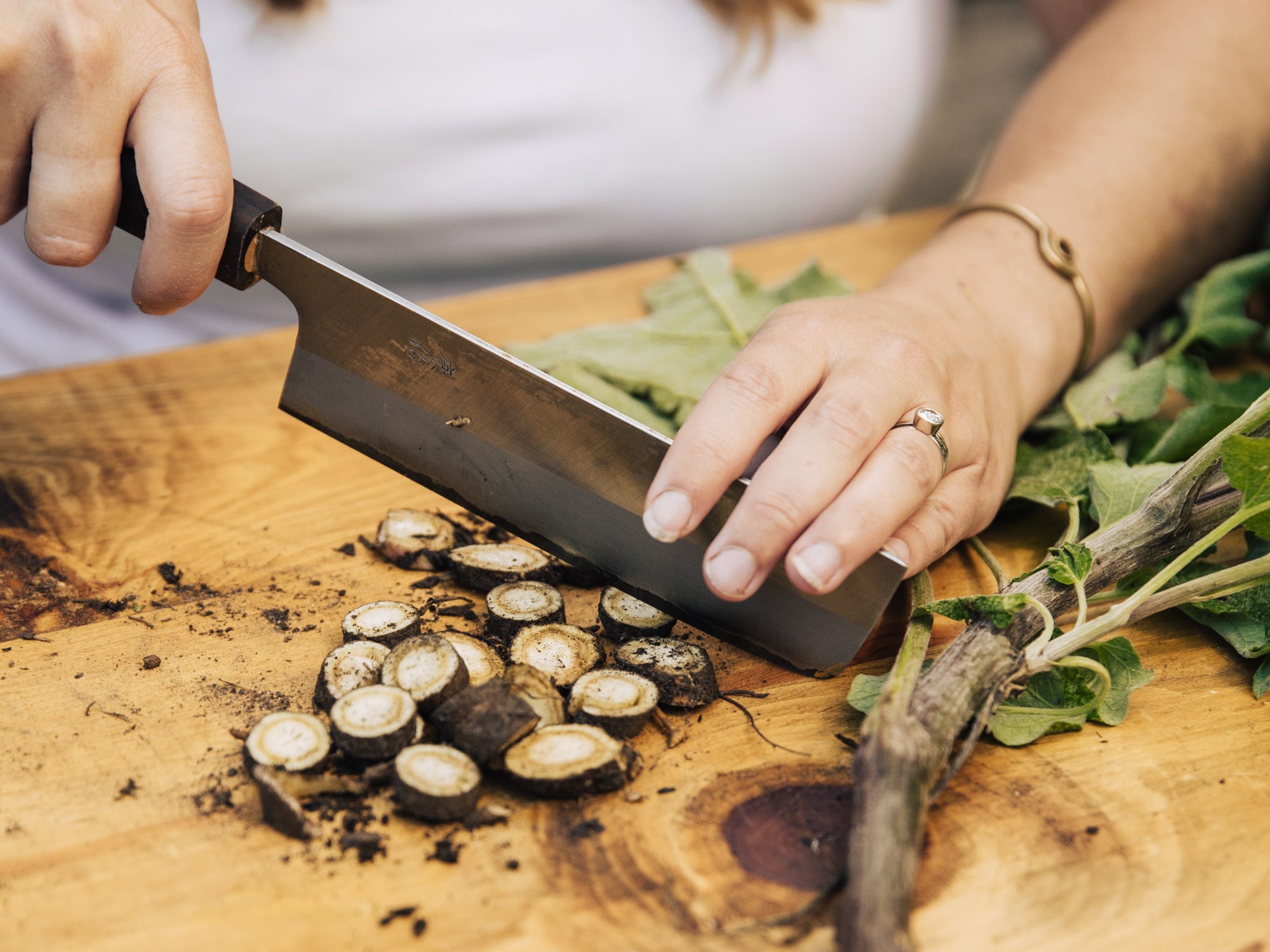
The History of Bitters
The first bitters were probably foraged: any root, or green leaf, from the wild would contain an appreciable element of bitterness. This is because of the chemistry involved: many bitter compounds are there to deter insects, or help plants have a strong immune response, and are abundant in wild plants. But as humans organized early medical systems, we see attention to the bitter flavor in almost every culture, from Ayurveda and Chinese medicine, to the original bitter liquids of the Mediterranean (the first record of these is over 2,000 years old).
Folk preparations evolved over the years, but the value of bitters for digestive support and as antidotes to what might harm us was always recognized. Some formulas gained more attention: from the amari of Italy, to the famous Swedish bitters, to bitter melon chutney, these classic preparations became cultural staples.
As global trade began to expand, exotic herbs and spices made it into the mix, and we see the rise of now-famous brands such as Angostura and Peychaud’s. Though we think of them as cocktail mixers now, these blends are so much more than that: clearly digestive bitters, they were originally marketed as tonic medicines. In fact, tonic water—a quinine-based bitter preparation - was as much a medicine as it was a drink back in the 19th century.
Today, we are seeing a fantastic resurgence of bitters across the bar and medicine world. The riot of flavors, colors, and spices available was unheard of twenty years ago. Our hope is that, as more folks begin to appreciate that bitter is indeed better, we’ll see renewed interest in the health benefits they can provide.

The Science of the Bitter Taste
To understand how bitters work, get to know bitter taste receptors (T2Rs). They’re the most complex taste receptors we have, and can detect a wide variety of compounds.
Our tongue is loaded with T2Rs, of course: when these are stimulated, a nerve signal reaches critical areas in the brain: part of our cortex perceives the bitterness, but our hypothalamus, where the vagus nerve is born, is the vital player here. The vagus nerve relays the bitter sensation, like a shudder, to salivary glands, stomach, pancreas and liver and encourages the production of digestive juices and enzymes, while at the same time engaging the valves at both ends of the stomach, which close up to keep those juices where they belong*.
But all along the gut, we find more T2Rs. Here, their roles shift: when stimulated by bitter compounds, cells studded with T2Rs secrete hormones into our bloodstream that contribute to feelings of fullness and satiety*. And it doesn’t stop there: T2Rs are found in our lungs and upper airways, where they seem able to coordinate an immune response when they detect bitter-tasting bacterial excretions. They’re on our heart and blood vessels as well! We are fascinated by the science behind the bitter taste, and regularly collect research updates to share with you on our blog.
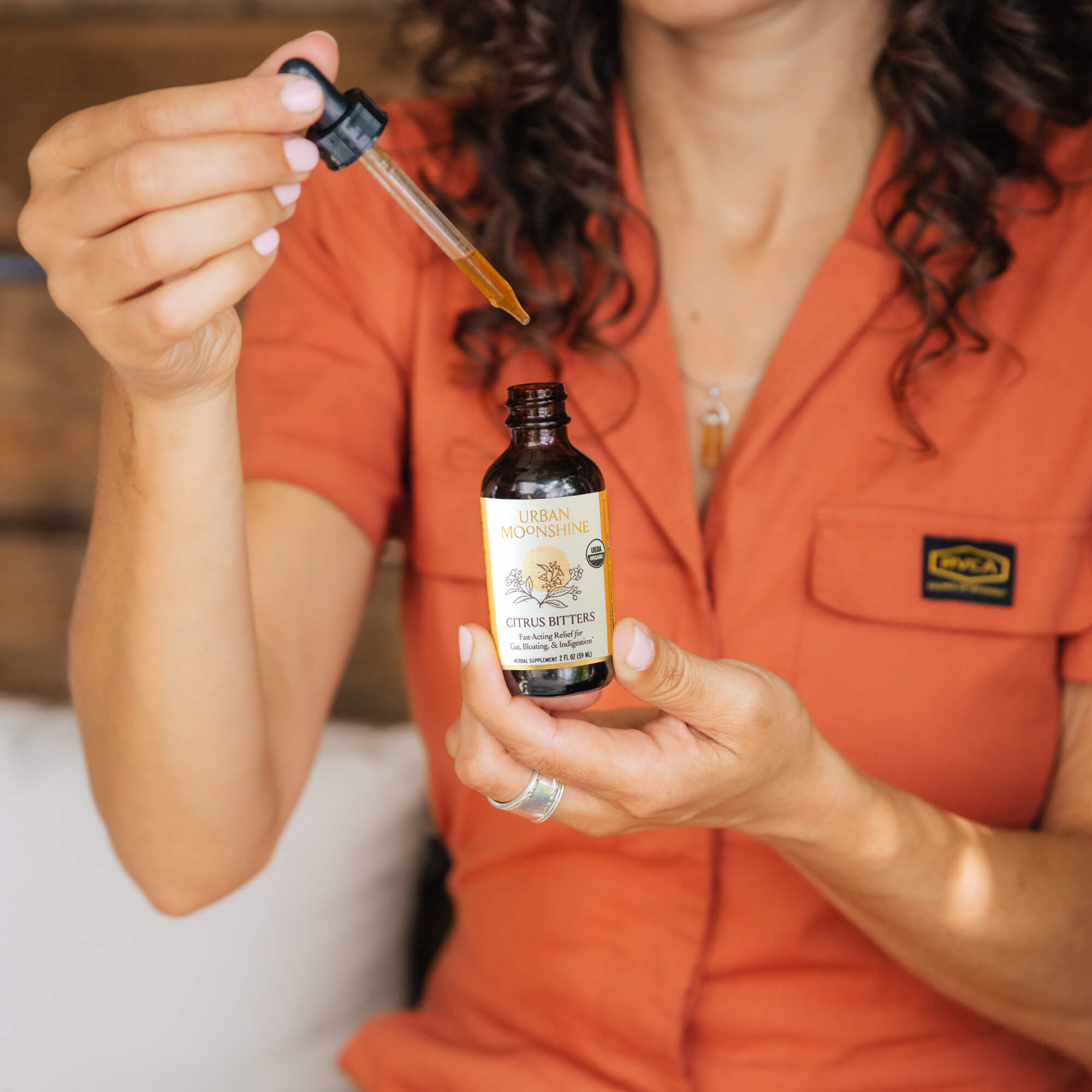
We encourage you to explore the flavor of bitter on a daily basis—whether it's a bitter green salad before dinner, a fresh spring dandelion green from your front yard, or Urban Moonshine bitters right on your tongue. Cheers to your health and wellbeing!
—Jovial King, Founder





